Generators are helpful machines that supply electrical power amid a power blackout and counteract brokenness of everyday exercises or disturbance of business tasks. These are accessible in various electrical and physical designs for use in various applications. Therefore, in the accompanying segments, we will take a gander at how a generator capacities, the principal parts of a generator, and how a generator works as an optional wellspring of electrical power in private and industrial applications.
Table of Contents
How does a generator function?
An electric generator is a gadget that proselytes mechanical vitality got from an outside source into electrical vitality as the yield.
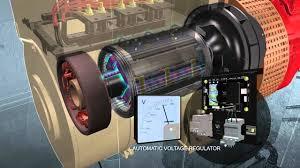
Generator Function
However, you need to understand that a generator does not really ‘make’ electrical vitality. Rather, it utilizes the mechanical vitality provided to it to compel the development of electric charges introduce in the wire of its windings through an outside electric circuit. And, this stream of electric charges constitutes the yield electric current provided by the generator. You can comprehend by viewing the generator as closely resembling a water pump, which causes the stream of water yet does not really ‘make’ the water coursing through it.
The cutting edge generator deals with the guideline of electromagnetic acceptance found by Michael Faraday in 1831-32. Faraday found that the above stream of electric charges could be prompted by moving an electrical conveyor, for example, a wire that contains electric charges, in an attractive field. This development makes a voltage contrast between the two closures of the wire or electrical conveyor, which thus makes the electric charges stream, along these lines generating electric current.
What are Primary segments of a generator?
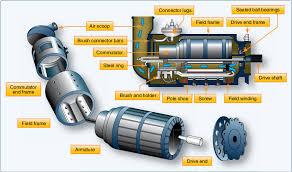
Primary segments of a generator
The primary segments of an electric generator can be extensively named takes after (allude to representation above):
- Engine
- Alternator
- Fuel System
- Voltage Regulator
- Cooling and Exhaust Systems
- Lubrication System
- Battery Charger
- Control Panel
- Main Assembly/Frame
A depiction of the primary segments of a generator is given beneath.
(1) Engine
The generator engine is the wellspring of the info mechanical vitality to the generator. The extent of the engine is straightforwardly relative to the most extreme power yield the generator can supply. But, there are a few factors that you have to remember while evaluating the engine of your generator. The producer of the engine ought to know about how to get full engine task determinations and support plans.
- Type of Fuel Used – Generator engines work on an assortment of fills, for example, diesel, gasoline, propane (in condensed or gaseous frame), or natural gas. However smaller engines typically work on gasoline while bigger engines keep running on diesel, fluid propane, propane gas, or natural gas. Certain engines can likewise work on a double encourage of both diesel and gas in a bi-fuel activity mode.
- Overhead Valve (OHV) Engines versus non-OHV Engines – OHV engines contrast from different engines in that the admission and fumes valves of the engine are situated in the leader of the engine’s chamber instead of being mounted on the engine square. OHV engines have a few favorable circumstances over different engines, for example,
- Compact plan
- Simpler activity instrument
- Durability
- User-accommodating in tasks
- Low clamor amid activities
- Low emanation levels
In any case, OHV-engines are additionally more costly than different engines.
C). Cast Iron Sleeve (CIS) in Engine Cylinder – The CIS is a covering in the chamber of the engine. It lessens wear and tear, and guarantees solidness of the engine. Most OHV-engines are furnished with CIS yet it is fundamental to check for this component in the engine of a generator. The CIS isn’t a costly element yet it assumes a critical part in engine strength particularly on the off chance that you have to utilize your generator frequently or for long lengths.
Also read: Why Backup Generator Won’t Start?
(2) Alternator
The alternator, otherwise called the ‘genhead’, is the piece of the generator that creates the electrical yield from the mechanical information provided by the engine. It contains a get together of stationary and moving parts encased in a lodging. The parts cooperate to cause relative development between the attractive and electric fields, which thusly creates power.
- Stator – This is the stationary part. It contains an arrangement of electrical channels twisted in loops over an iron center.
- Rotor/Armature – This is the moving part that delivers a pivoting attractive field in any of the accompanying three ways:
- (i) By acceptance – These are known as brushless alternators and are generally utilized as a part of substantial generators.
- (ii) By lasting magnets – This is normal in little alternator units.
- (iii) By utilizing an exciter – An exciter is a little wellspring of direct present (DC) that stimulates the rotor through a gathering of leading slip rings and brushes.
The rotor produces a moving attractive field around the stator, which actuates a voltage distinction between the windings of the stator. This creates the rotating current (AC) yield of the generator.
The accompanying are the variables that you have to remember while evaluating the alternator of a generator:
- Metal versus Plastic Housing – An all-metal outline guarantees solidness of the alternator. Plastic lodgings get disfigured with time and make the moving parts of the alternator be uncovered. This expands wear and tear and all the more vitally, is perilous to the client.
- Ball Bearings versus Needle Bearings – Ball orientation are favored and last more.
- Brushless Design – An alternator that does not utilize brushes requires less support and furthermore delivers cleaner power.
(3) Fuel System
Meanwhile, the fuel tank as a rule has adequate ability to keep the generator operational for 6 to 8 hours on a normal. However, on account of little generator units, the fuel tank is a piece of the generator’s slip construct or is mounted in light of best of the generator outline. For business applications, it might be important to erect and introduce an outside fuel tank. Every single such establishment are liable to the endorsement of the City Planning Division. But, tap the accompanying connection for additionally insights with respect to fuel tanks for generators.
Basic highlights of the fuel framework incorporate the accompanying:
- Pipe association from fuel tank to engine – The supply line guides fuel from the tank to the engine and the arrival line guides fuel from the engine to the tank.
- Ventilation pipe for fuel tank – The fuel tank has a ventilation pipe to keep the development of weight or vacuum amid refilling and waste of the tank. When you refill the fuel tank, guarantee metal-to-metal contact between the filler spout and the fuel tank to keep away from flashes.
- Overflow from the fuel tank to the deplete pipe – This is can happen with the goal that any flood amid refilling of the tank does not cause spillage of the fluid on the generator set.
- Fuel pump – This exchanges fuel from the principle stockpiling tank to the day tank. The fuel pump runs on electricity.
- Fuel Water Separator/Fuel Filter – This isolates water and remote issue from the fluid fuel to shield different segments of the generator from consumption and sullying.
- Fuel Injector – This atomizes the fluid fuel and showers the required measure of fuel into the burning assembly of the engine.
Also read: Tips on Buying a Used Diesel Generator that Lasts Longer
(4) Voltage Regulator
As the name suggests, this segment manages the yield voltage of the generator. The instrument portrays under against every segment that has an influence in the patterned procedure of voltage direction.
All about voltage direction
- Voltage Regulator: Conversion of AC Voltage to DC Current – The voltage controller takes up a little part of the generator’s yield of AC voltage and believers it into DC current. But, the voltage controller at that point encourages this DC current to an arrangement of auxiliary windings in the stator, known as exciter windings.
- Exciter Windings: Conversion of DC Current to AC Current – The exciter windings now work like the essential stator windings and create a little AC current. But, the exiter windings with units, you can also call them turning rectifiers.
- Rotating Rectifiers: Conversion of AC Current to DC Current – These amend the AC current created by the exciter windings and change over it to DC current. Therefore, this DC current is bolstered to the rotor/armature to make an electromagnetic field notwithstanding the pivoting attractive field of the rotor/armature.
- Rotor/Armature: Conversion of DC Current to AC Voltage – The rotor/armature now incites a bigger AC voltage over the windings of the stator, which the generator now delivers as a bigger yield AC voltage.
This cycle proceeds till the generator starts to create yield voltage proportional to its full operating limit. As the yield of the generator expands, the voltage controller delivers less DC current. Once the generator achieves full operating limit, the voltage controller accomplishes a condition of balance and delivers simply enough DC current to keep up the generator’s yield at full operating level.
(5) Cooling and Exhaust Systems
(a) Cooling System
Continuous use of the generator makes its different segments warm up. It is basic to have a cooling and ventilation framework to pull back warmth delivered simultaneously.
You can utilize crude/new water as a coolant for generators. However, there can be certain restrictions to particular circumstances like little generators in city applications or vast units more than 2250 kW or more. Hydrogen is everywhere and you can utilize as a coolant for the stator windings of huge generator units since it is more productive at engrossing warmth than different coolants.
It is basic to check the coolant levels of the generator consistently. But the cooling framework and crude water pump ought to be flushed after like clockwork and the warmth exchanger ought to be cleaned after like clockwork of generator task. The generator ought to be set in an open and ventilated zone that has sufficient supply of natural air. The National Electric Code (NEC) orders that a base space of 3 feet ought to be permitted on all sides of the generator to guarantee free stream of cooling air.
(b) Exhaust System
Fumes vapor produced by a generator are much the same as fumes from some other diesel or gasoline engine and contain exceptionally lethal chemicals that should be appropriately overseen. Therefore, it is basic to introduce a sufficient fumes framework to discard the fumes gases. This point cannot be accentuated enough as carbon monoxide harming stays a standout amongst the most widely recognized reasons for death in post-tropical storm influenced territories since individuals have a tendency to not consider it until it’s past the point of no return.
Although, fumes channels typically comprise of solid metal, created iron, or steel. But, these should be detached and ought not be upheld by the engine of the generator. Fumes channels attach to the engine. Therefore, it utilizes adaptable connectors to limit vibrations and counteract harm to the generator’s fumes framework. The fumes pipe ends outside and leads from entryways, windows and different openings to the house or building. But you should guarantee that there is no link between fumes arrangement of your generator with that of some other hardware.
(6) Lubricating System
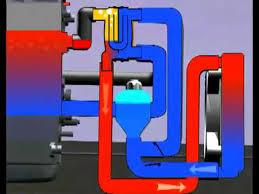
Since the generator involves moving parts in its engine, it expects oil to guarantee strength for a drawn-out stretch of time. Therefore, the oil in the pump works like a lubricant for the generator’s engine. You should check the level of greasing up oil like clockwork of generator activity. Therefore, you ought to likewise check for any spillages of grease. And change the greasing up oil at regular intervals of generator activity.
(7) Battery Charger
The starting capacity of a generator is through a battery. The battery charger keeps the generator battery accused by providing it of an exact ‘buoy’ voltage. Therefore, on the off chance that the buoy voltage is low, there will be no charge in the batteries. In the event that the buoy voltage is high, it will abbreviate the life of the battery. Although, battery chargers normally comprise of stainless steel to avoid erosion. However, you can likewise align a program and don’t require any acclimations or any change in the settings. The DC yield voltage of the battery charger is set at 2.33 Volts, which is the exact buoy voltage. The battery charger has a separated DC voltage yield that interferes with the typical working of the generator.
(8) Control Panel
This is the UI of the natural gas generator and contains arrangements for electrical outlets and controls. The accompanying article gives additional insights with respect to the generator control panel. However, distinctive makers have shifted highlights to offer in the control panels of their units. The list is below.
- Electric begin and close down – Auto begin control panels naturally begin your generator amid a power blackout. But the screen the generator while in action, and consequently close down the unit when never again required.
- Engine checks – Different measures demonstrate critical parameters, for example, oil weight, the temperature of the coolant, battery voltage, engine pivot speed, and span of activity. Therefore, consistent estimation and observing of these parameters empower close down of the generator. If any of these cross their particular edge levels.
- Generator checks – The control panel likewise has meters for the estimation of yield current and voltage and operating frequency.
- Other controls – Phase selector switch, frequency switch, and engine control switch (manual mode, auto mode) among others.
(9) Main Assembly/Frame
All generators, portable or stationary, have modified lodgings that give an auxiliary base help. The edge additionally takes into consideration the produce to earth for security.
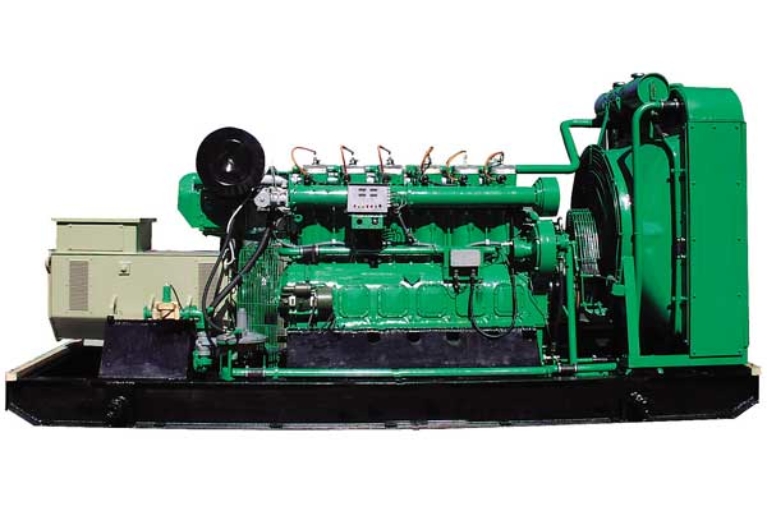

![Commercial Generators Buying Guide 2024 [By Generator Specialist]](https://www.midamericaengine.com/wp-content/uploads/2016/07/Another-Commercial-Power-Project-Completed-500x383.jpg)
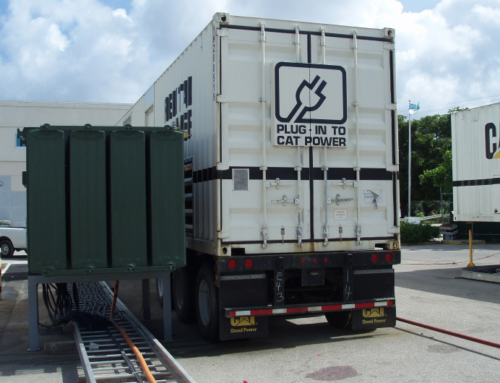
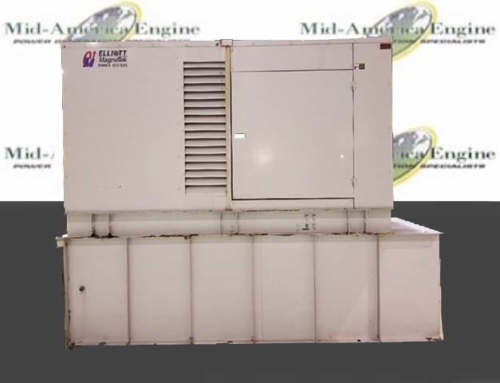
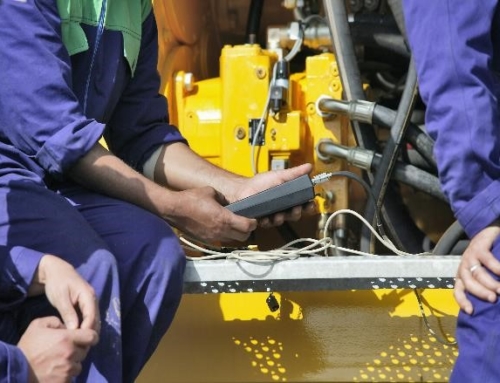
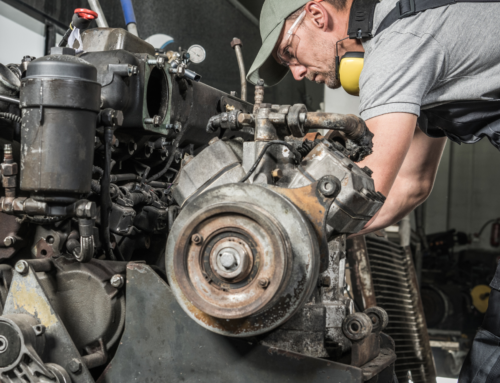



![Commercial Generators Buying Guide 2024 [By Generator Specialist] 12 Commercial Generator](https://www.midamericaengine.com/wp-content/uploads/2016/07/Another-Commercial-Power-Project-Completed-66x66.jpg)
![Natural Gas Generators Buying Guide 2024 [By Generator Specialist] 13 natural gas generators](https://www.midamericaengine.com/wp-content/uploads/2018/09/IMG_8223.JPG-66x66.jpeg)

Leave A Comment